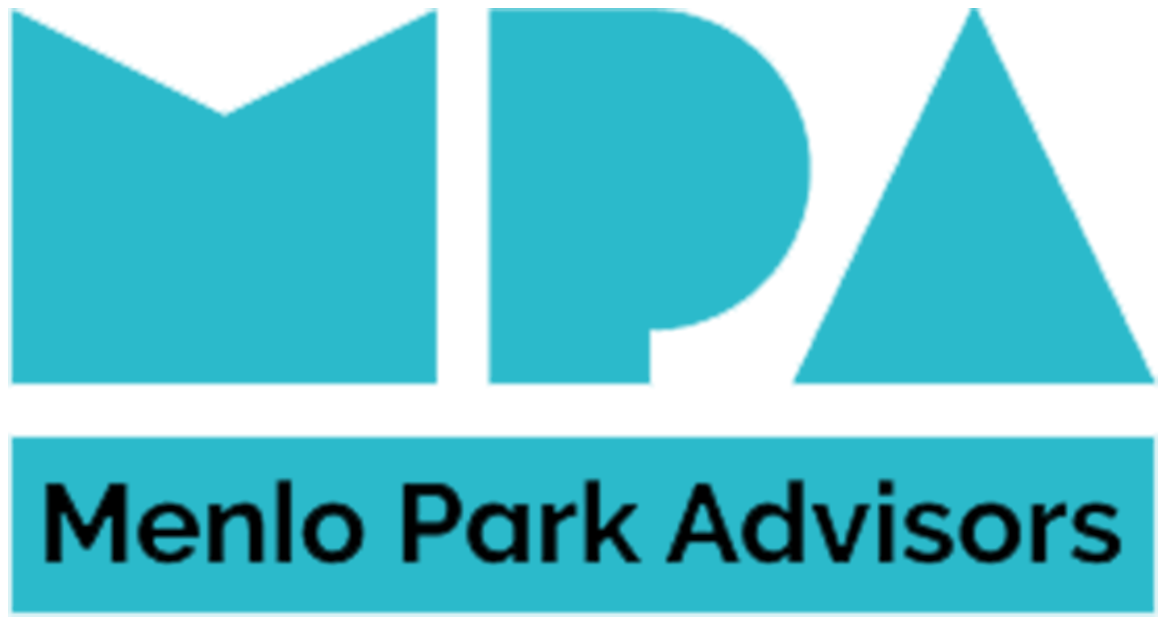“Innovation” is one of the most overused buzzwords in business today. As technology has become the backbone of our increasingly global society, everyone from politicians to professors is talking about innovation.
While many companies focus on developing flashy, new technologies, too many of them are missing what lies at the heart of innovation: impact. Not just impact for the respective firm or their stakeholders, but impact for the world. True game-changing innovations help solve some of the largest problems affecting business, society and the planet.
But how do you create disruptive solutions that have a material impact on enhancing people’s lives and best commercialize these experiences?
To deliver this impact on both a societal and business level, companies need to move away from an unconstrained innovation model and instead develop an innovation framework that focuses on advancing technologies that solve specific customer pain points through a structured innovation process.
Take a customer-led innovation approach.
It all starts with a customer-centered innovation cycle around any business you are looking to launch. When managing their innovation portfolios, companies need to look at their entire portfolio with both an outside-in and inside-out view of the world. Often, research centers tend to think of things from just an inside-out point of view, focusing on what they are good at and what they can do. The issue with this approach is it often leads to new technologies searching for a problem. This can result in a technology that is too early for the market, too narrow to be meaningful or, worst-case scenario, a technology with no market.
It is essential to also take an outside-in view to ensure your solution addresses growth markets where there is strong customer pull. This means analyzing markets and trends, looking at where the venture capital industry is investing and where customers are spending money. This combination allows firms to identify areas that are strategically aligned to large growing markets that match up well with their core capabilities and will deliver maximum impact.
Develop an innovation pipeline.
Once a business identifies the problems they are looking to solve with new, disruptive technologies, the next step is creating a structured innovation pipeline to move these technologies from idea to market.
The model that many companies use is a funnel, where you start with many ideas at the front end and move them through a series of stage gates based on achieving key milestones. The front of the funnel is focused on testing ideas, exploring the technical feasibility and making sure that it is a problem that people care about and want to solve right now.
One of the ways that research centers can de-risk this exploration at the front of the funnel is by practicing open innovation. This means forming partnerships with outside firms or government agencies to expand growth opportunities in a mutually beneficial relationship. At Xerox’s Palo Alto Research Center (PARC), for example, we have had success working with government agencies like the Defense Advanced Research Projects Agency (DARPA) for new technologies, which has been valuable because we retain the rights to commercialize the IP from those projects. The ideal way to identify good partners is to focus on government entities and firms that have complementary capabilities or expertise to develop technology to best serve customers’ needs.
Move innovations through the pipeline.
The next step in advancing an innovation using a customer-led approach is validating problem-solution fit or demonstrating that the firm has a solution to an urgent market problem that can meet target customers’ requirements. This is the point where it’s critical to engage lead customers willing to innovate with the business. We call this “customer discovery,” as it allows the company to get insights they may not have thought of before, such as how the new technology needs to integrate into existing systems or workflows.
To be clear, this is not just asking customers what they want. Instead, it is important to have an interactive dialogue with customers to understand problems, explore the “art of the possible” using demonstrators and/or mockups and iterating based on feedback. By working with these lead customers, firms can make sure the problem they are focused on is large enough to solve and that they are solving it in the right way.
In some instances, these customer conversations can lead to co-innovation and co-investment opportunities to solve a market problem and commercialize the resulting solution together.
This is what happened recently with Eloque, an industrial internet of things-based technology that remotely monitors the structural health of bridges, which we launched as a joint venture between Xerox and the Victorian Government in Australia. Another good example is recent investments by Ford and Volkswagen in Argo AI, an autonomous vehicle start-up.
After market analysis and customer discovery, move on to commercialization mode, which is where you define a minimal viable product and validate product-market fit through customer testing and iterative refinement. The offering becomes clearly defined, and companies make decisions on go-to-market strategy, how to position, price and sell the offering and how to support the offering moving forward — all based on customer feedback. With this solid foundation in place using customer-led innovation, the product launch and scaling will have a much higher probability of success.
Structure is key to impact.
While many think of innovation as being about “light bulb” moments where a game-changing idea magically pops into a scientist or researcher’s head, the reality is this is rarely the case. Instead, having a structured innovation process is the key to developing and commercializing new technologies while mitigating the inherently high technical, market and execution risks along the way.
If firms put this innovation framework in place and pull the thread all the way through the funnel from the beginning, then they will set themselves up to be successful in launching new, disruptive technologies that will deliver the most impact on the planet and society.
Originally posted on: Forbes.com

